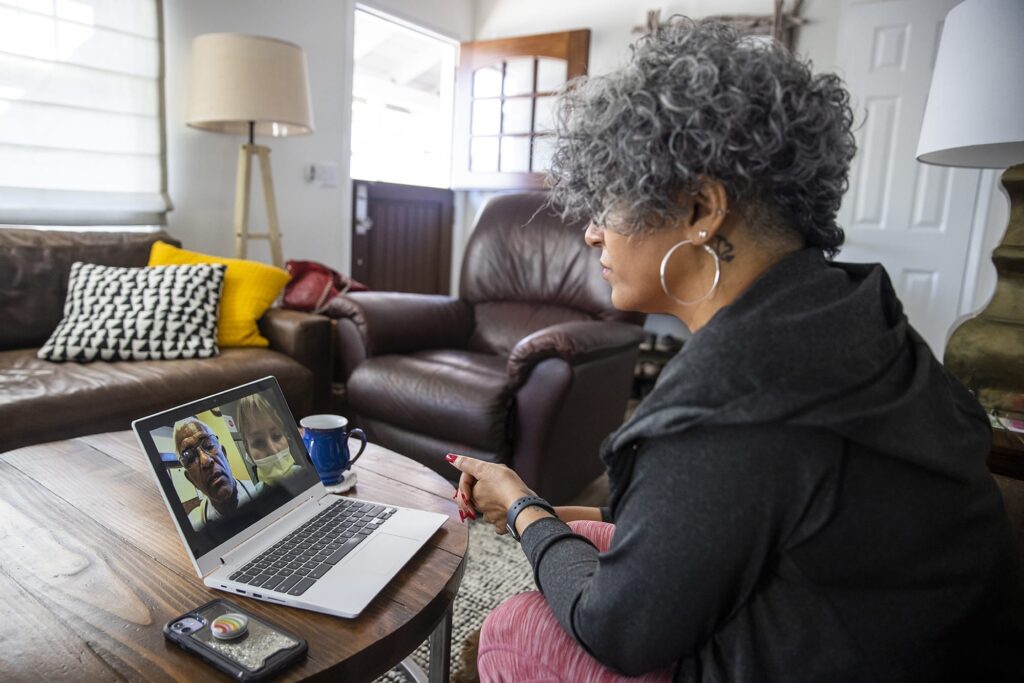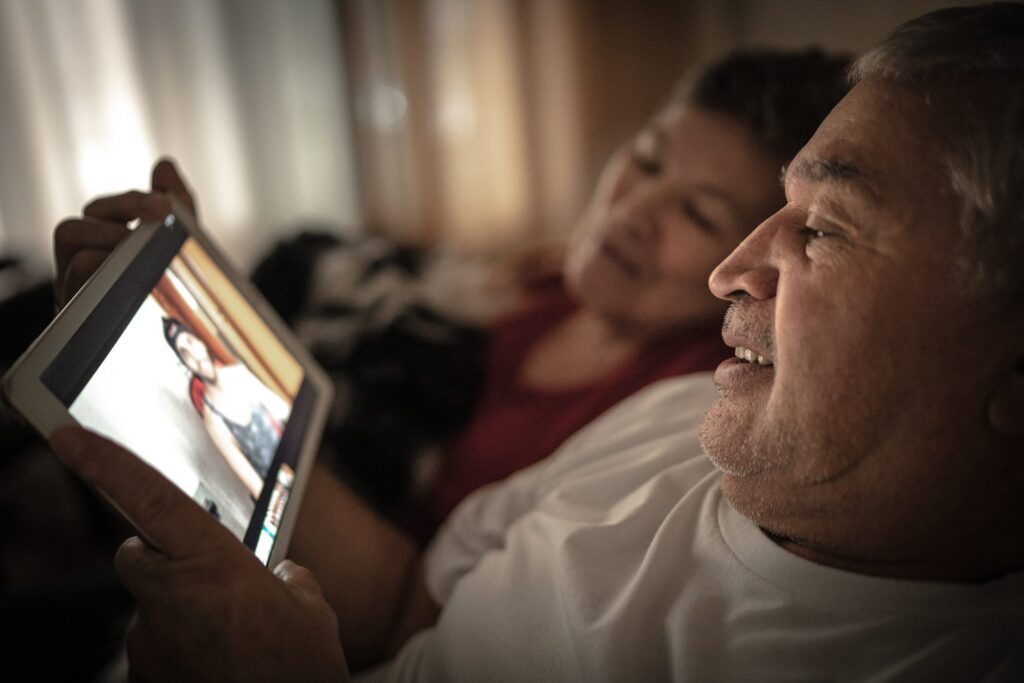
The COVID-19 outbreak has motivated hospitals, manufacturers and even the government to come up with alternative solutions to the challenges we face.
Necessity has been called the mother of invention. During the fight against COVID-19, hospital leaders and personnel, manufacturers and even the government have been motivated to come up with alternative solutions or workarounds.
The crisis has “caused all of us to think about everything differently—and it’s allowed all of our systems to realize just how adaptable we are,” Dr. R. Lawrence Moss, CEO of Jacksonville, Florida-based Nemours Children’s Health System, told Modern Healthcare. In the magazine’s latest Power Panel survey of top healthcare CEOs, nearly 43% said the pandemic had accelerated innovation at their organization. (Another 43% said innovation had been both accelerated and delayed, with delays tending to impact innovations unrelated to the pandemic.)
Here are some ways we have adapted.
Technology
- Virtual care. The growth of telehealth has the most prevalent adaptation, with nearly 93% of CEOs in the Modern Healthcare survey saying it had the most potential not only to support response to COVID-19 but also to drive innovation over the next year. Before the outbreak, many consumers, providers and payers were slow to embrace virtual health technologies. Chris LaVictoire Mahai, president of Medecision division Aveus, wrote in a blog post: “Virtual care is here to stay. … Health plan care managers will continue to do their jobs virtually and use tools like Aerial to help coordinate care for members in their homes.”
- Artificial intelligence (AI). Harvard Business Review reported on hospitals’ use of AI to combat the coronavirus. Applications include online screening and triage tools that can quickly tell the difference between those who might have COVID-19 and those with less-serious ailments, and then direct them to the most appropriate care setting. AI also can monitor coronavirus symptoms, support CT scan decisions, automate hospital operations and more.
- 3D printing. The Italian engineering startup Isinnova jumped into action when its local hospital in Chiari (in the Brescia area of northern Italy) faced a shortage of respirator valves used by coronavirus patients in need of oxygen. Isinnova engineers reverse-engineered a 3D-printed version of the valves and, in one day, produced 100 of them, which the company provided to the hospital without charge.
Personal Protective Equipment (PPE)
- Help from baby monitors. Kaiser Permanente, which with 12.4 million members is one of the nation’s largest not-for-profit health plans, has employed various strategies to optimize resources at its hospitals. One is to reduce room-to-room visits and thus preserve PPE by using baby monitors in rooms with COVID-19 patients. A physician can virtually examine a patient by talking with a practitioner who is physically in the room.
- Community assistance. In some communities, providers have enlisted the aid of locals who sew and quilt to make masks for patients.
- Double masking. Another possible workaround is for both patient and caregiver to wear medical masks, which in an influenza study proved as effective as N95 respirators, according to a paper by James Adams of Northwestern University’s Feinberg School of Medicine, and Dr. Ron Walls of Harvard Medical School.
- Breathing assistance. Because tight-fitting N95 devices can make breathing difficult, researchers at Stanford University have developed a prototype portable device that pumps pure O2 directly to the wearer.
- More suggestions. The Journal of the American Medical Association (JAMA) solicited suggestions for maximizing PPE use, conserving supplies and identifying new sources. Among the ideas submitted: using well-fitting snorkel masks, buying back personal PPE stocks from community members, having drones and robots deliver and administer COVID-19 tests, and decontaminating one-use PPEs with ultraviolet light machines so they can be reused.
Patient Flow and Processes
- Waiting for the doctor. To maintain social distancing, many practices are having patients wait in their cars instead of the waiting room. Patients call the receptionist upon arrival, and then get a call back when their doctor is ready to see them.
- Sorting patients. Stephen Parodi, MD, lead physician for Kaiser Permanente’s national coronavirus response, shared tips with JAMA that included having greeters sort patients who come in with respiratory symptoms, a cough and a fever. Those deemed “not sick” go to a designated “clean” area, while sick patients are taken to an area where caregivers are already wearing PPE. In addition, two confirmed COVID-19 patients with no other contagious diseases can share a room.
Regulatory Matters
- Expanded access. The Centers for Medicare and Medicaid Services (CMS) has broadened access to Medicare telehealth services. That response also includes making it easier for Medicare and Medicaid beneficiaries to be tested for COVID-19.
- Relaxed requirements. Some states are waiving or relaxing the requirement that physicians be licensed in a given state in order to provide care there. About 20 states have adopted the Uniform Emergency Volunteer Health Practitioner Act (UEVHPA), which lets volunteer health practitioners licensed in one state practice in another state where an emergency was declared.
As the coronavirus continues to challenge us, there will be more and more workarounds and innovations. Especially in times of crisis, we must rise to the occasion with fresh approaches and a willingness to question “the way it’s always been done.”



About The Author: Medecision
Fully delivering on the promise of data — and making the business of healthcare simpler and more successful — Medecision offers a whole new world of possibilities. The company's flagship offering, Aerial™, stands as the market's most extensible clinical data platform. It offers complete contextual awareness of members and automates next best actions — simple campaigns, complex care management, utilization approvals, and more — for optimal health outcomes.
Aerial is not only quick to deploy, it is easy to manage. The platform's effectiveness in reducing both medical and administrative costs, coupled with its role in improving the member and patient experience, has made it the preferred choice for health plans and care delivery organizations. Presently, Aerial is instrumental in catering to over 10% of the U.S. population, marking a significant milestone in advancing healthcare efficiency and effectiveness.
More posts by Medecision